
Rio Grande Bosque | Sandoval County, New Mexico: photo by Jorge Guadalupe Lizárraga, 1 January 2018

Rio Grande Bosque | Sandoval County, New Mexico: photo by Jorge Guadalupe Lizárraga, 1 January 2018

Rio Grande Bosque | Sandoval County, New Mexico: photo by Jorge Guadalupe Lizárraga, 1 January 2018
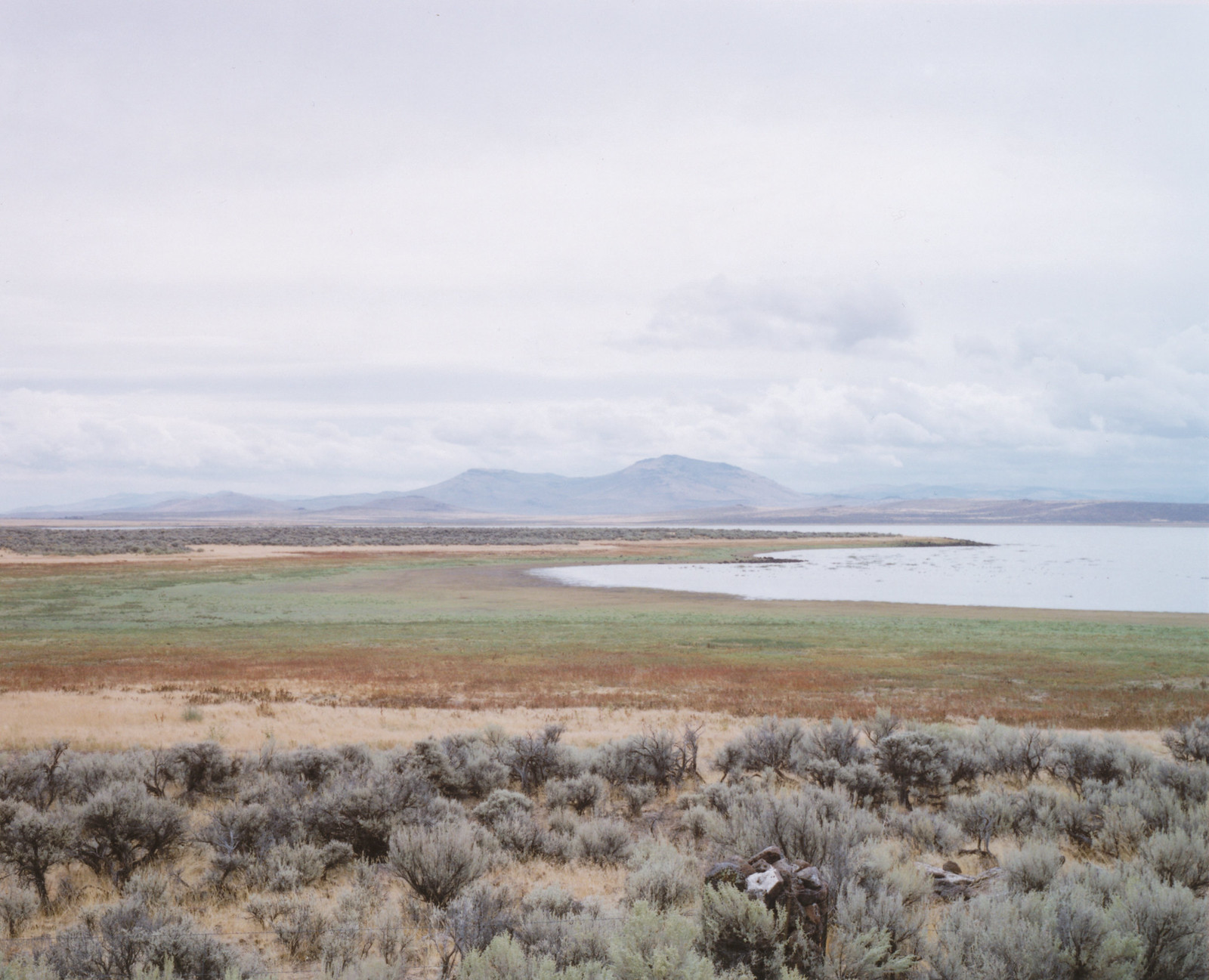

Untitled: photo by Missy Prince, 19 November 2017

Untitled: photo by Missy Prince, 19 November 2017

Untitled: photo by Missy Prince, 19 November 2017
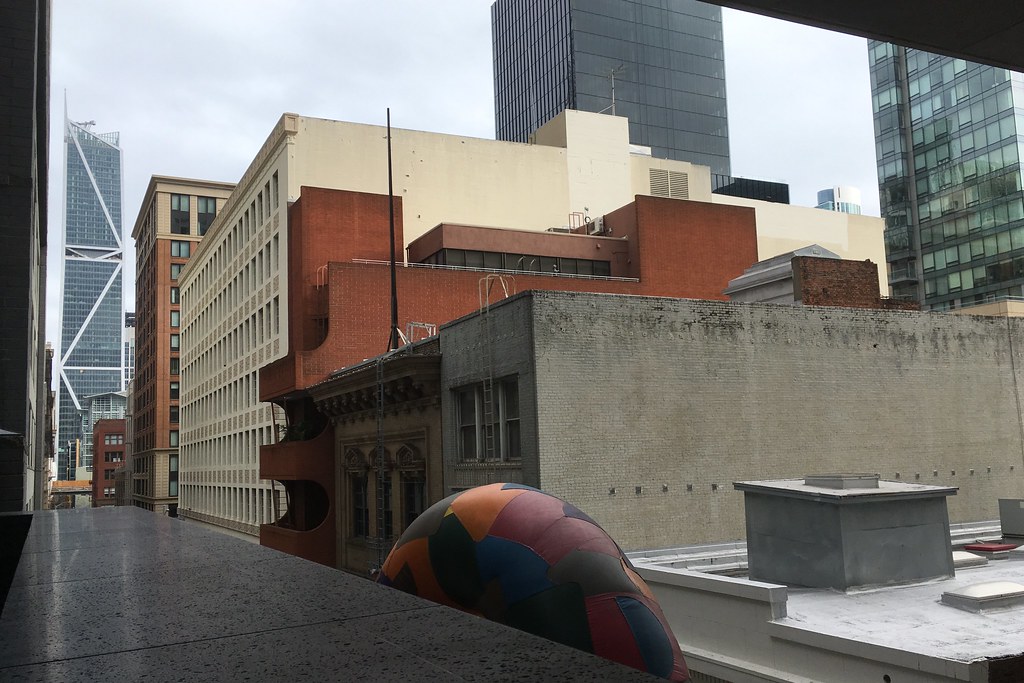
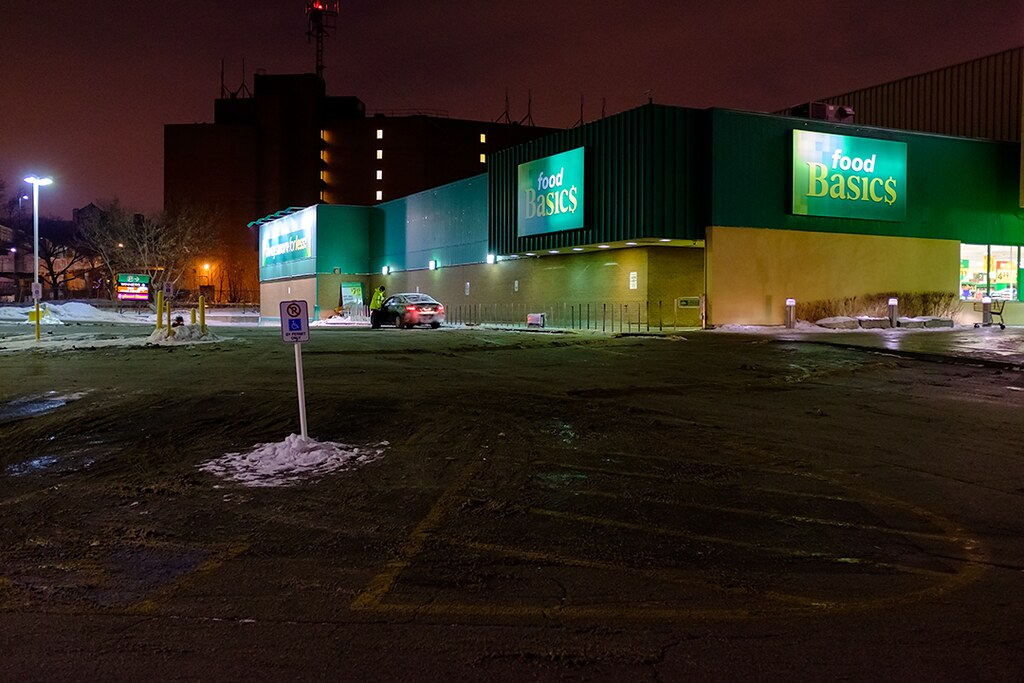
Untitled [Gerrard St. E, Riverdale, Toronto]: photo by Dominic Bugatto, 2 January 2018
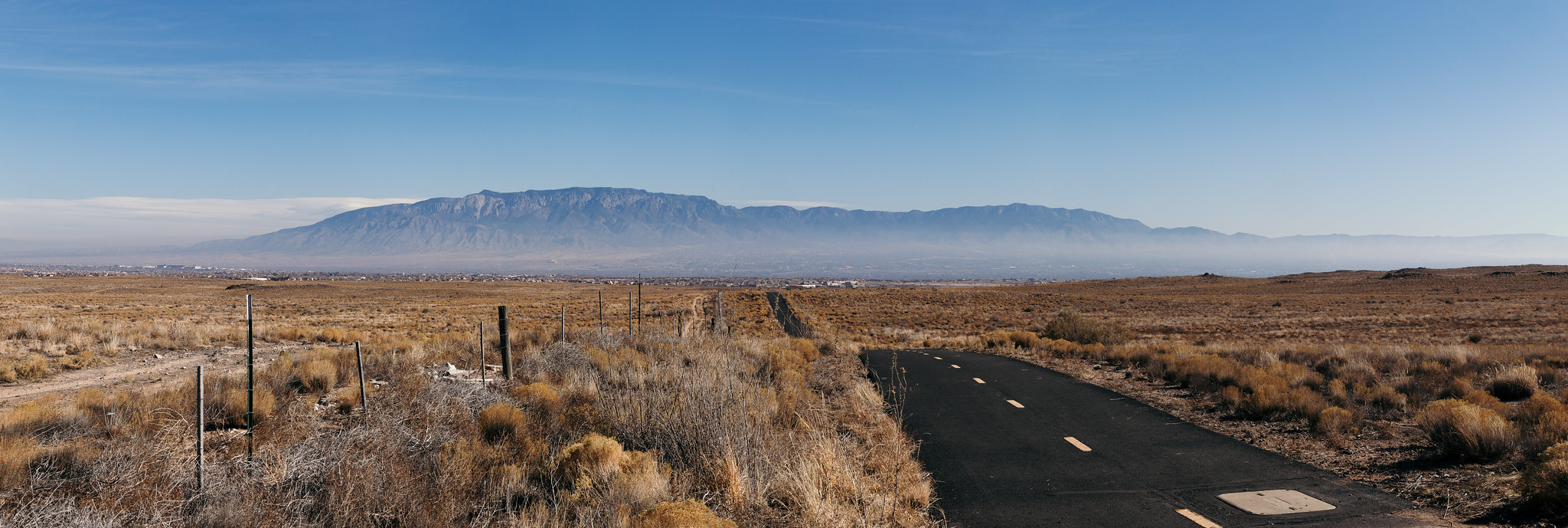
West Mesa, Albuquerque, New Mexico: photo by Jorge Guadalupe Lizárraga, 1 January 2018

West Mesa, Albuquerque, New Mexico: photo by Jorge Guadalupe Lizárraga, 1 January 2018

West Mesa, Albuquerque, New Mexico: photo by Jorge Guadalupe Lizárraga, 1 January 2018

Willows in Giverny: Claude Monet, 1886, oil on canvas, 74 x 93 cm (Konstmuseum, Gothenburg)
And we are all there together
Edward Dorn (1929-1999): If It Should Ever Come, from The Newly Fallen (1961)
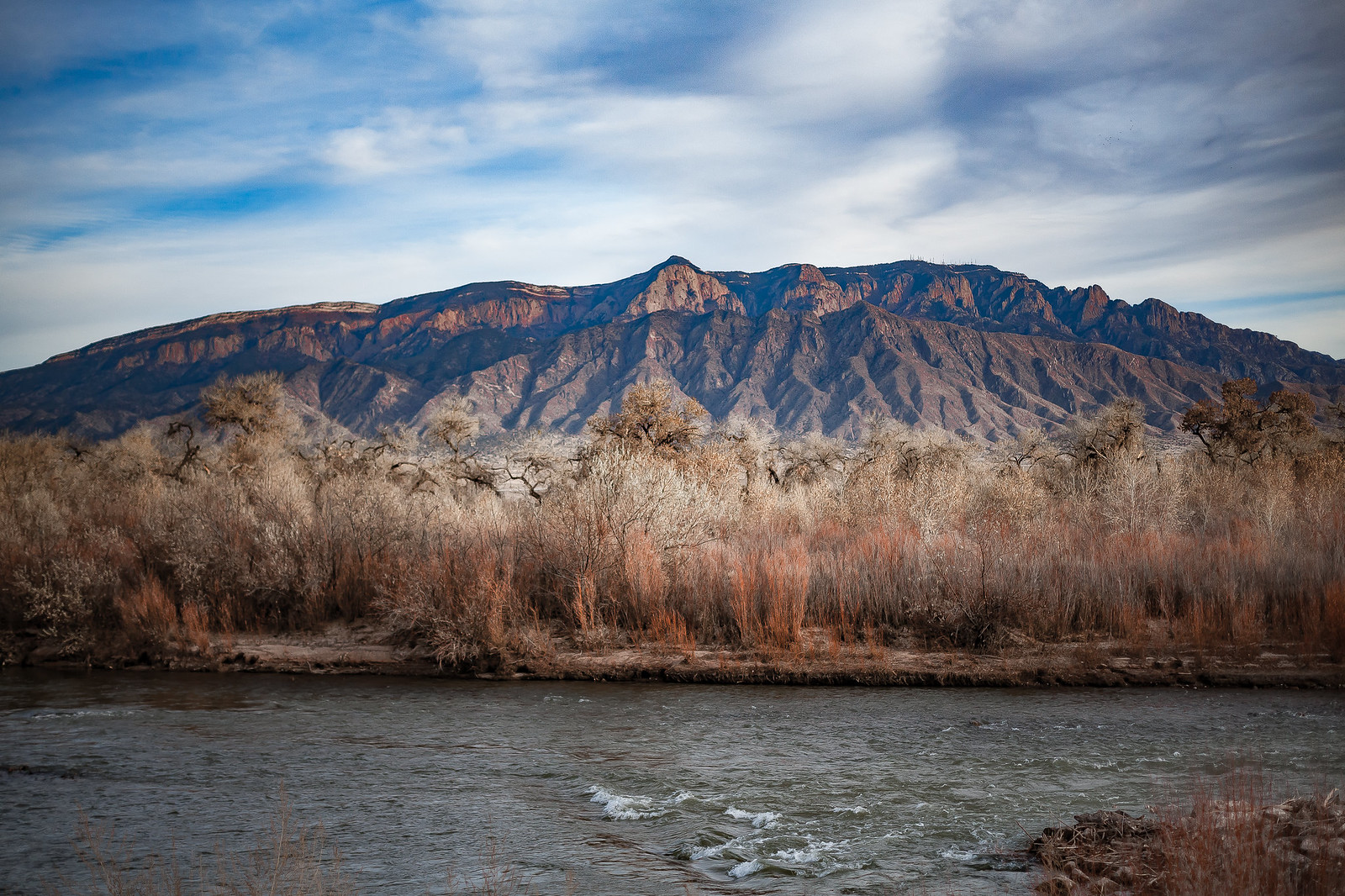

Rio Grande Bosque | Sandoval County, New Mexico: photo by Jorge Guadalupe Lizárraga, December 2017


Rio Grande Bosque | Sandoval County, New Mexico: photo by Jorge Guadalupe Lizárraga, December 2017

Rio Grande Bosque | Sandoval County, New Mexico: photo by Jorge Guadalupe Lizárraga, December 2017

Rio Grande Bosque | Sandoval County, New Mexico: photo by Jorge Guadalupe Lizárraga, December 2017

Example of one species of tall grass, Big Bluestem, making a comeback in overgrazed pasture near Troy, Kansas, in Doniphan County in the extreme northeast corner of the state. Conservationists say this area Is unique because it contains the only hardwood forest in Kansas in addition to tallgrass prairie. September 1974
The big bluestem has roots six feet deep.
Indian grass grows with the bluestem;
switchgrass also ripples there in the wind.
Going west you get less rain:
the little bluestem grows waist high, and so does
the side oats grama, and the bearded needlegrass.
Further west, the short grass of the Plains grows:
the blue grama, knee high; and the buffalo
grass, which grows up to the ankles.

Remnant of the tallgrass prairie which once flourished in the northeast corner of Kansas is seen overlooking the Missouri River from a bluff near White Cloud and Troy, Kansas, in Doniphan County. This area of the state Is unique because it contains the only hardwood forest in Kansas in addition to tallgrass prairie. September 1974

Ron Mckinney, 22, whose Indian name Is Mahkuk, is standing in a virgin tallgrass prairie area near White Cloud and Troy, Kansas in Doniphan County in the extreme northeast corner of the state. The Young Man, a Potawatomie-Kickapoo, lives near White Cloud, which was named for the last great chief of the Iowa Indian tribe. The Indians were given the area land by treaty in 1836. The small town Is located at the edge of the Iowa-Sac-Fox Indian Reservation. October 1974

Flocks of Blue Geese stop at the Squaw Creek National Wildlife Refuge near Mound City, Missouri, at the northwest corner of the state. The Refuge covers approximately 6,000 acres and a major stopover on the Mississippi flyway for migrating shore birds. October 1974

Flocks of migrating Blue Geese and Snow Geese Stop at the Squaw Creek National Wildlife Refuge near Mound City, Missouri, at the northwest corner of the state. October 1974

Cornfield that formerly was open tallgrass prairie near White Cloud and Troy in Doniphan County, Kansas, in the northeast corner of the state. The wave of pioneers cleared the native grasses and planted crops in the fertile soil. As a result only isolated patches of native tallgrass prairie survive. There Is a bill in Congress which would make an area of Kansas a Tallgrass Prairie National Park, but it has been stalled in committee for several years. October 1974

Closeup of tall grasses being taken over by forest and sumac, near White Cloud and Troy in northeastern Kansas. A wave of pioneers cleared the native grasses and planted crops in the fertile soil. As a result only isolated patches of native tallgrass prairie survive. October 1974

Rusted iron hand pump on land which used to be covered by tallgrass prairie in Johnson County, Kansas, near Kansas City. The wave of pioneer farmers cleared the native grasses and planted crops in the fertile soil. As a result only isolated patches of native tallgrass prairie survive. September 1974

Abandoned house and rusted iron hand pump on land which used to be covered by tallgrass prairie in Johnson County, Kansas, near Kansas City. The wave of pioneer farmers cleared the native grasses and planted crops in the fertile soil. As a result only isolated patches of native tallgrass prairie survive. September 1974

Former prairie which Is now farmland in Waubaunsee County Kansas, near Manhattan, in the heart of the Flint Hills region. The county Is one of the sites under consideration for a Tallgrass Prairie National Park. There Is a bill in Congress for such a park, but It faces opposition and has not yet been reported out from committee. January 1975

Former prairie which Is now farmland in Waubaunsee County Kansas, near Manhattan, in the heart of the Flint Hills region. The county Is one of the sites under consideration for a Tallgrass Prairie National Park. There Is a bill in Congress for such a park, but It faces opposition and has not yet been reported out from committee. January 1975

A prairie cemetery in Wabaunsee County, Kansas, near Manhattan, in the heart of the Flint Hills region. Cemeteries are very good places to find the original plants of the tallgrass prairie. January 1975

A prairie cemetery with tall grass growing along the fence in Wabaunsee County Kansas, near Manhattan, in the heart of the Flint Hills region. January 1975

Sunset view of a horse in pastureland that once was tallgrass prairie in Wabaunsee County Kansas, near Manhattan, in the heart of the Flint Hills region. January 1975

Santa Fe Railroad engine on the tracks in Johnson County Kansas, near Kansas City. Tallgrass prairie Is seen in the foreground. The tracks follow the Kansas River along the general route of the early explorers who made trails through the area. Much of the state was tallgrass prairie before the wave of settlers in the last century. February 1975
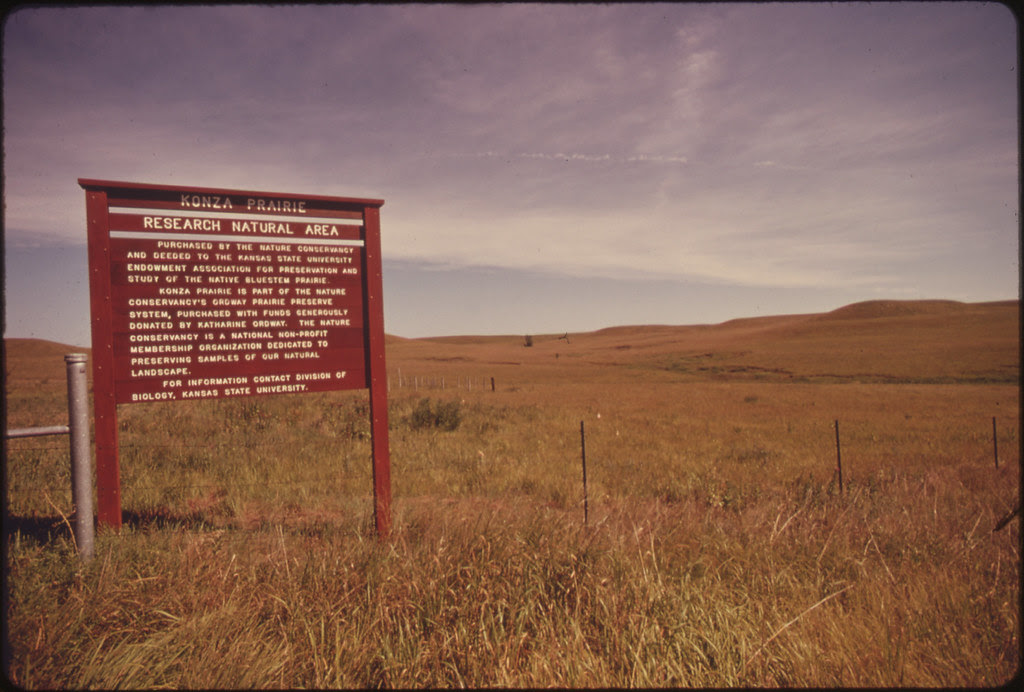
The Konza Prairie near Manhattan, Kansas. It represents 1,000 acres of virgin tallgrass prairie given to Kansas State University by Katharine Ordway of New York City and Weston, Connecticut through the Nature Conservancy. The prairie Is used primarily for research and Is maintained by periodic burning because there are no large grazing animals on It. August 1974
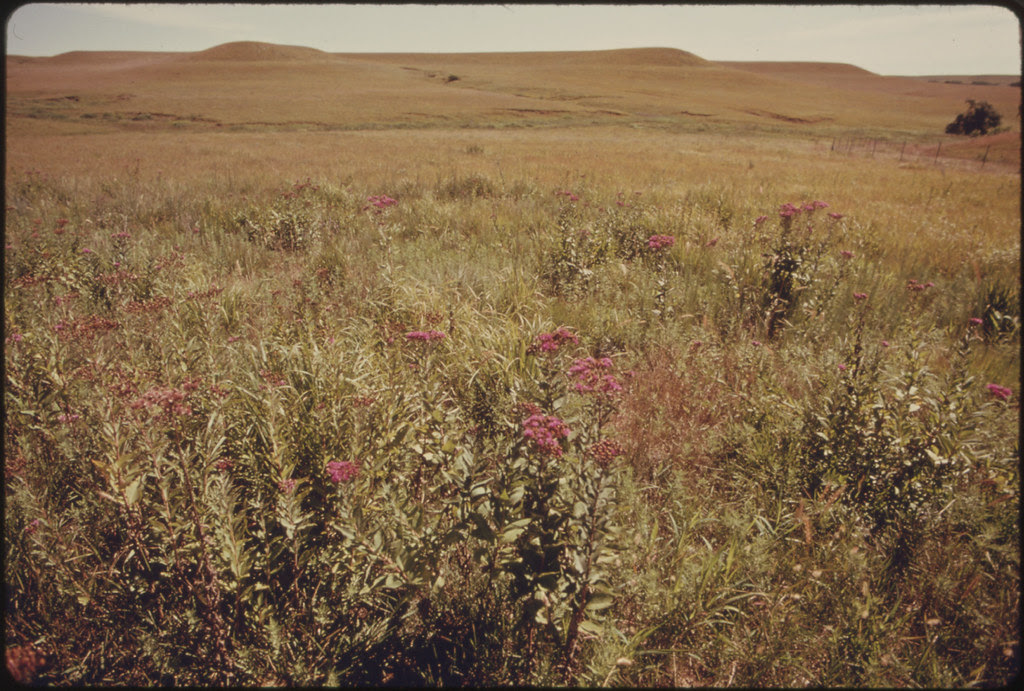
A view of a portion of Konza Prairie, 1,000 Acres of virgin tallgrass prairie near Manhattan, Kansas. Although the picture was taken in August during a summer of extreme drought, the prairie remains green because Its grass roots grow so deep. The native tall grasses retain 18 times the moisture of cultivated grasses such as wheat, corn and bluegrass. One acre of native tallgrass releases the same amount of moisture as a 70-ton air conditioner. Baldwin's Ironweed, seen in the foreground, Is a common tallgrass prairie plant. August 1974

Closeup of Baldwin's Ironweed, a common tallgrass prairie plant seen on the Konza Prairie, 1,000 Acres of virgin tallgrass prairie near Manhattan, Kansas. Although the picture was taken in August during a summer of extreme drought, the prairie remains green because Its grass roots grow so deep. One acre of native tallgrass releases the same amount of moisture as a 70-ton air conditioner. August 1974

View of tallgrass prairie plants seen on the Konza Prairie. August 1974

View of the Konza Prairie, 1,000 acres of virgin tallgrass prairie near Manhattan, Kansas, in the winter. The mood and look of the prairie changes drastically from season to season. February 1975

View of the Konza Prairie, 1,000 acres of virgin tallgrass prairie near Manhattan, Kansas, in the winter. The mood and look of the prairie changes drastically from season to season. February 1975

View of the Konza Prairie, 1,000 acres of virgin tallgrass prairie near Manhattan, Kansas, in the winter. The mood and look of the prairie changes drastically from season to season. February 1975

View of the Konza Prairie, 1,000 acres of virgin tallgrass prairie near Manhattan, Kansas, in the winter. The mood and look of the prairie changes drastically from season to season. February 1975

View of the Konza Prairie, 1,000 acres of virgin tallgrass Prairie near Manhattan, Kansas, in the winter, showing a typical overcast sky. In the foreground Is Indian Grass, a major prairie tallgrass. February 1975

Tall grasses in winter covered by ice and snow at Lake Quivira, Kansas, near Kansas City. This is a transition area in which the grasses are being crowded out by forest. February 1975

Closeup of tall grass, Big Bluestem, covered with winter ice and snow at Lake Quivira, Kansas, near Kansas City. Such vegetation makes excellent cover for wildlife. February 1975

Closeup of tall grass, Big Bluestem, covered with winter ice and snow at Lake Quivira, Kansas, near Kansas City. Such vegetation makes excellent cover for wildlife. February 1975



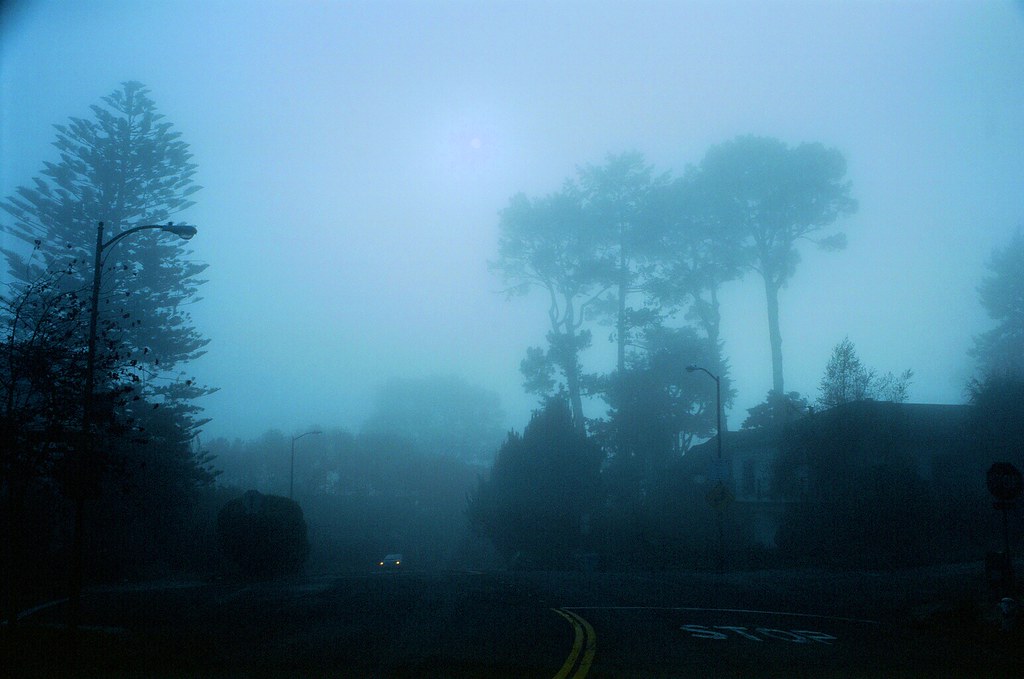
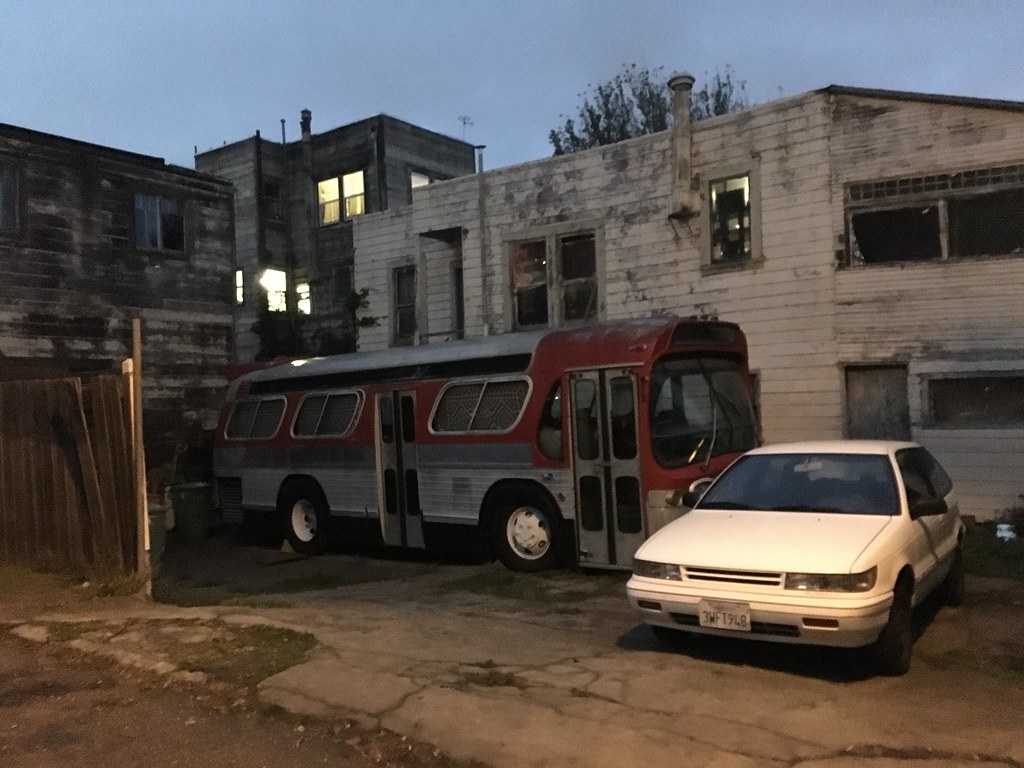
Backyard bus: photo by Andrew Murr, 4 January 2018
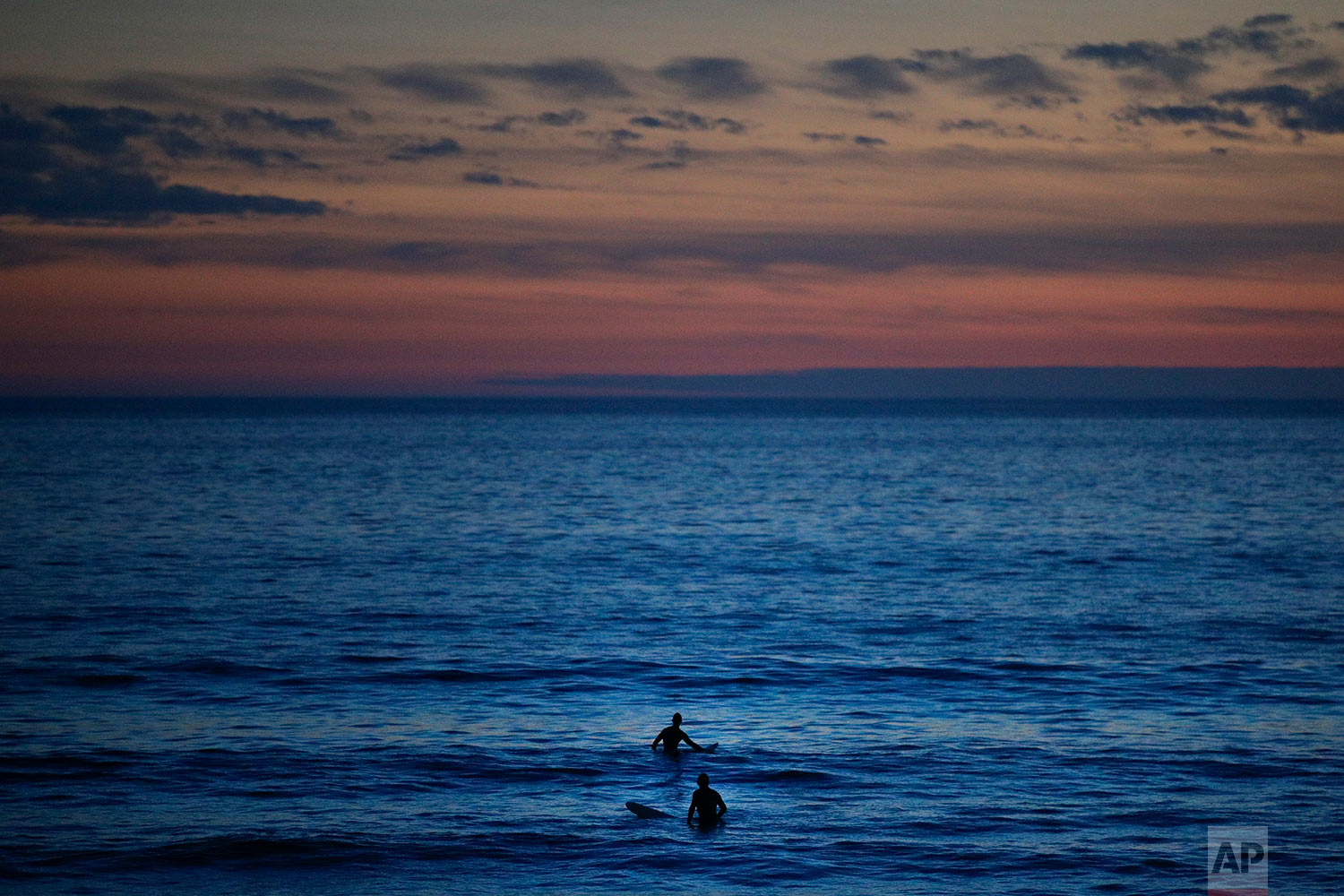 Two surfers wait for a
wave in the Pacific Ocean at Sunset Beach in Pacific Palisades, Calif.,
Thursday, Jan. 4, 2018.: photo by Jae C. Hong/AP, 4 January 2018
Two surfers wait for a
wave in the Pacific Ocean at Sunset Beach in Pacific Palisades, Calif.,
Thursday, Jan. 4, 2018.: photo by Jae C. Hong/AP, 4 January 2018
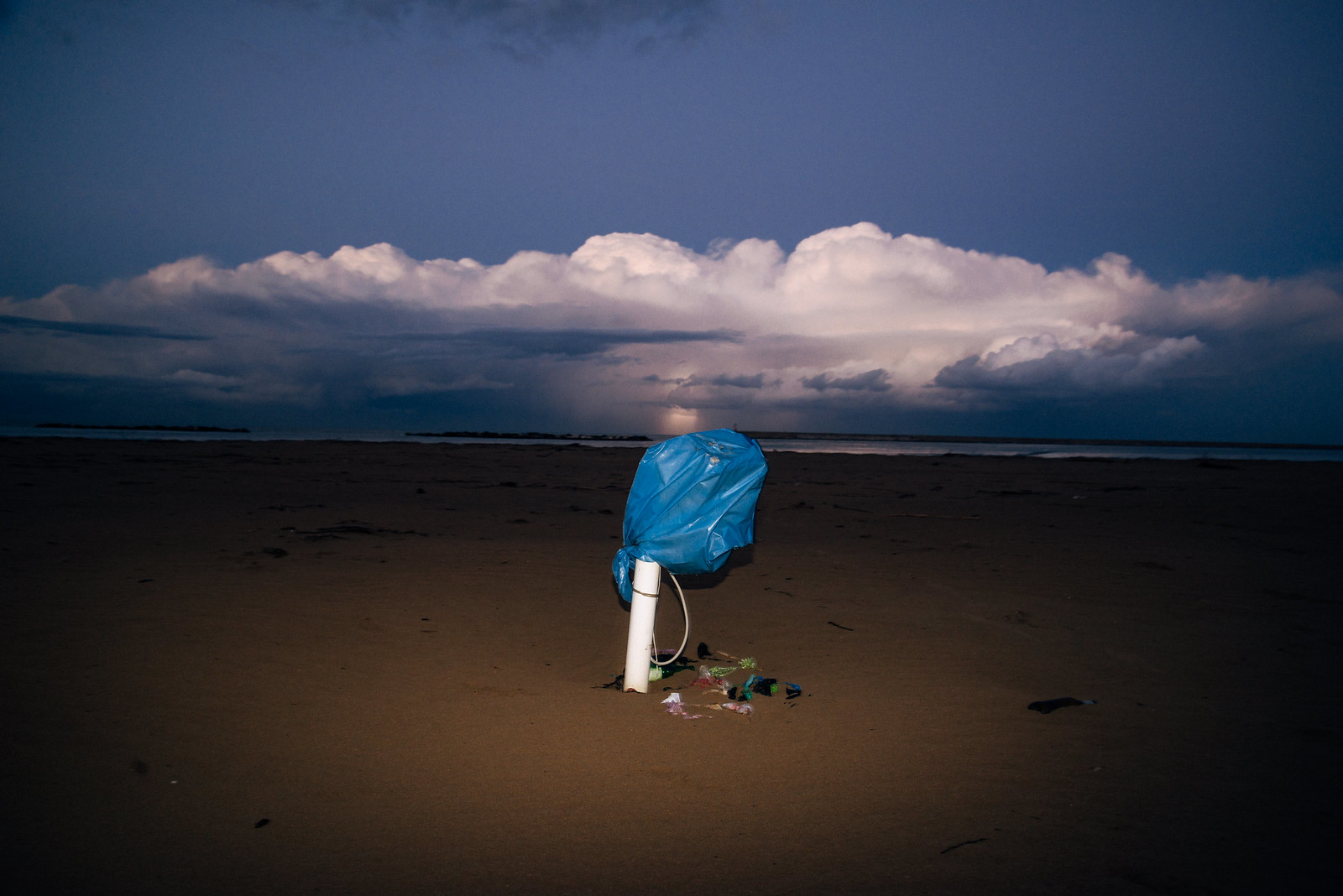
Untitled: photo by Yuro De Iuliis, 16 December 2017

Untitled: photo by Yuro De Iuliis, 16 December 2017

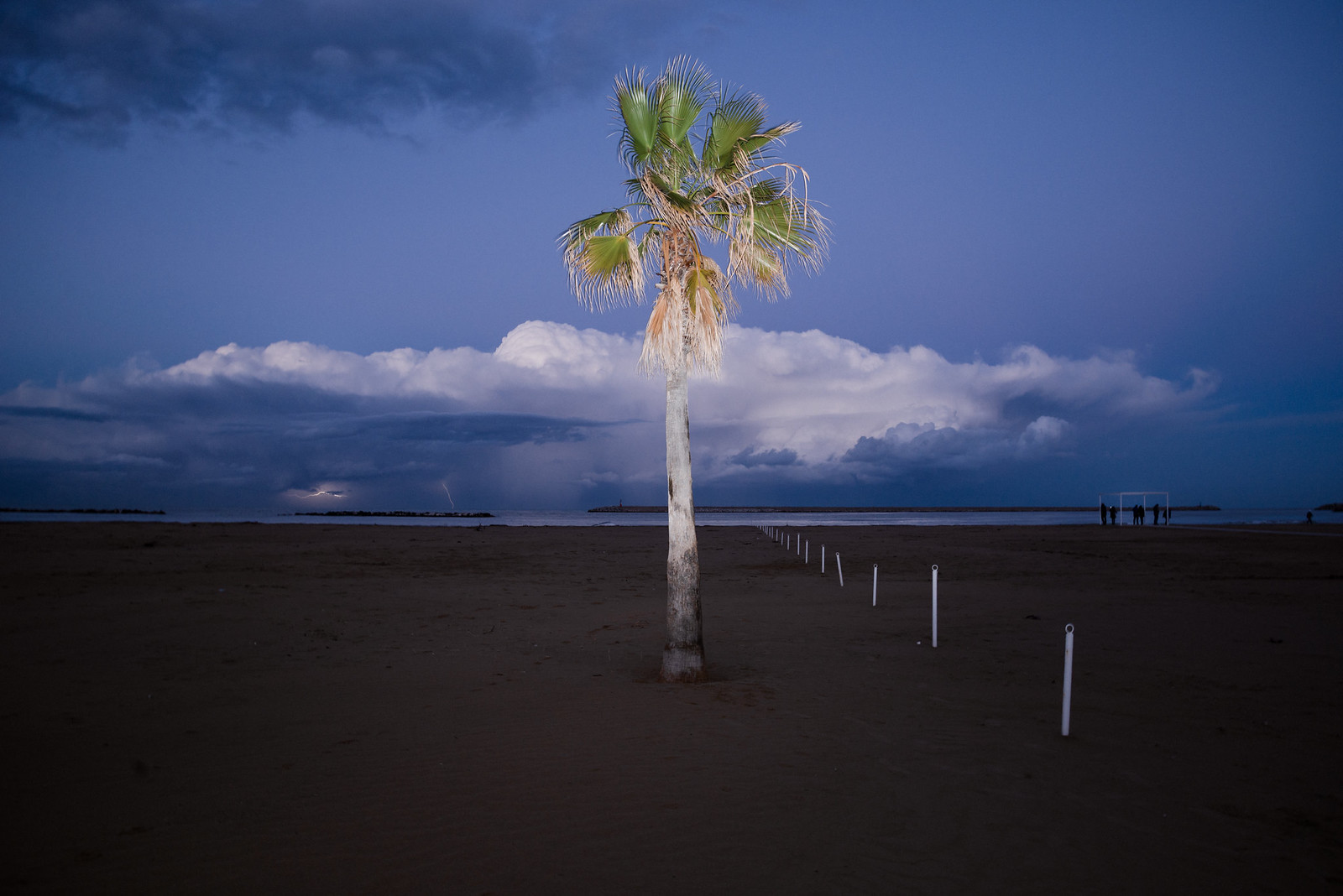


Untitled: photo by Yuro De Iuliis, 16 December 2017

Willows in Giverny: Claude Monet, 1886, oil on canvas, 74 x 93 cm (Konstmuseum, Gothenburg)
Edward Dorn: If It Should Ever Come
And we are all there together
time will wave as willows do
and adios will be truly, yes,
laughing at what is forgotten
and talking of what's new
admiring the roses you brought.
How sad.
You didn't know you were at the end
thought it was your bright pear
the earth, yes
another affair to have been kept
and gazed back on
when you had slept
to have been stored
as a squirrel will a nut, and half
forgotten,
there were so many, many
from the newly fallen.
Edward Dorn (1929-1999): If It Should Ever Come, from The Newly Fallen (1961)


Rio Grande Bosque | Sandoval County, New Mexico: photo by Jorge Guadalupe Lizárraga, December 2017


Rio Grande Bosque | Sandoval County, New Mexico: photo by Jorge Guadalupe Lizárraga, December 2017

Rio Grande Bosque | Sandoval County, New Mexico: photo by Jorge Guadalupe Lizárraga, December 2017

Rio Grande Bosque | Sandoval County, New Mexico: photo by Jorge Guadalupe Lizárraga, December 2017
Grasses: An Elegy (1979)

Example of one species of tall grass, Big Bluestem, making a comeback in overgrazed pasture near Troy, Kansas, in Doniphan County in the extreme northeast corner of the state. Conservationists say this area Is unique because it contains the only hardwood forest in Kansas in addition to tallgrass prairie. September 1974
Indian grass grows with the bluestem;
switchgrass also ripples there in the wind.
Going west you get less rain:
the little bluestem grows waist high, and so does
the side oats grama, and the bearded needlegrass.
Further west, the short grass of the Plains grows:
the blue grama, knee high; and the buffalo
grass, which grows up to the ankles.
TC: Grasses, from A Short Guide to the High Plains (1981)

Remnant of the tallgrass prairie which once flourished in the northeast corner of Kansas is seen overlooking the Missouri River from a bluff near White Cloud and Troy, Kansas, in Doniphan County. This area of the state Is unique because it contains the only hardwood forest in Kansas in addition to tallgrass prairie. September 1974

Ron Mckinney, 22, whose Indian name Is Mahkuk, is standing in a virgin tallgrass prairie area near White Cloud and Troy, Kansas in Doniphan County in the extreme northeast corner of the state. The Young Man, a Potawatomie-Kickapoo, lives near White Cloud, which was named for the last great chief of the Iowa Indian tribe. The Indians were given the area land by treaty in 1836. The small town Is located at the edge of the Iowa-Sac-Fox Indian Reservation. October 1974

Flocks of Blue Geese stop at the Squaw Creek National Wildlife Refuge near Mound City, Missouri, at the northwest corner of the state. The Refuge covers approximately 6,000 acres and a major stopover on the Mississippi flyway for migrating shore birds. October 1974

Flocks of migrating Blue Geese and Snow Geese Stop at the Squaw Creek National Wildlife Refuge near Mound City, Missouri, at the northwest corner of the state. October 1974

Cornfield that formerly was open tallgrass prairie near White Cloud and Troy in Doniphan County, Kansas, in the northeast corner of the state. The wave of pioneers cleared the native grasses and planted crops in the fertile soil. As a result only isolated patches of native tallgrass prairie survive. There Is a bill in Congress which would make an area of Kansas a Tallgrass Prairie National Park, but it has been stalled in committee for several years. October 1974

Closeup of tall grasses being taken over by forest and sumac, near White Cloud and Troy in northeastern Kansas. A wave of pioneers cleared the native grasses and planted crops in the fertile soil. As a result only isolated patches of native tallgrass prairie survive. October 1974

Rusted iron hand pump on land which used to be covered by tallgrass prairie in Johnson County, Kansas, near Kansas City. The wave of pioneer farmers cleared the native grasses and planted crops in the fertile soil. As a result only isolated patches of native tallgrass prairie survive. September 1974

Abandoned house and rusted iron hand pump on land which used to be covered by tallgrass prairie in Johnson County, Kansas, near Kansas City. The wave of pioneer farmers cleared the native grasses and planted crops in the fertile soil. As a result only isolated patches of native tallgrass prairie survive. September 1974

Former prairie which Is now farmland in Waubaunsee County Kansas, near Manhattan, in the heart of the Flint Hills region. The county Is one of the sites under consideration for a Tallgrass Prairie National Park. There Is a bill in Congress for such a park, but It faces opposition and has not yet been reported out from committee. January 1975

Former prairie which Is now farmland in Waubaunsee County Kansas, near Manhattan, in the heart of the Flint Hills region. The county Is one of the sites under consideration for a Tallgrass Prairie National Park. There Is a bill in Congress for such a park, but It faces opposition and has not yet been reported out from committee. January 1975

A prairie cemetery in Wabaunsee County, Kansas, near Manhattan, in the heart of the Flint Hills region. Cemeteries are very good places to find the original plants of the tallgrass prairie. January 1975

A prairie cemetery with tall grass growing along the fence in Wabaunsee County Kansas, near Manhattan, in the heart of the Flint Hills region. January 1975

Sunset view of a horse in pastureland that once was tallgrass prairie in Wabaunsee County Kansas, near Manhattan, in the heart of the Flint Hills region. January 1975

Santa Fe Railroad engine on the tracks in Johnson County Kansas, near Kansas City. Tallgrass prairie Is seen in the foreground. The tracks follow the Kansas River along the general route of the early explorers who made trails through the area. Much of the state was tallgrass prairie before the wave of settlers in the last century. February 1975

The Konza Prairie near Manhattan, Kansas. It represents 1,000 acres of virgin tallgrass prairie given to Kansas State University by Katharine Ordway of New York City and Weston, Connecticut through the Nature Conservancy. The prairie Is used primarily for research and Is maintained by periodic burning because there are no large grazing animals on It. August 1974

A view of a portion of Konza Prairie, 1,000 Acres of virgin tallgrass prairie near Manhattan, Kansas. Although the picture was taken in August during a summer of extreme drought, the prairie remains green because Its grass roots grow so deep. The native tall grasses retain 18 times the moisture of cultivated grasses such as wheat, corn and bluegrass. One acre of native tallgrass releases the same amount of moisture as a 70-ton air conditioner. Baldwin's Ironweed, seen in the foreground, Is a common tallgrass prairie plant. August 1974

Closeup of Baldwin's Ironweed, a common tallgrass prairie plant seen on the Konza Prairie, 1,000 Acres of virgin tallgrass prairie near Manhattan, Kansas. Although the picture was taken in August during a summer of extreme drought, the prairie remains green because Its grass roots grow so deep. One acre of native tallgrass releases the same amount of moisture as a 70-ton air conditioner. August 1974

View of tallgrass prairie plants seen on the Konza Prairie. August 1974

View of the Konza Prairie, 1,000 acres of virgin tallgrass prairie near Manhattan, Kansas, in the winter. The mood and look of the prairie changes drastically from season to season. February 1975

View of the Konza Prairie, 1,000 acres of virgin tallgrass prairie near Manhattan, Kansas, in the winter. The mood and look of the prairie changes drastically from season to season. February 1975

View of the Konza Prairie, 1,000 acres of virgin tallgrass prairie near Manhattan, Kansas, in the winter. The mood and look of the prairie changes drastically from season to season. February 1975

View of the Konza Prairie, 1,000 acres of virgin tallgrass prairie near Manhattan, Kansas, in the winter. The mood and look of the prairie changes drastically from season to season. February 1975

View of the Konza Prairie, 1,000 acres of virgin tallgrass Prairie near Manhattan, Kansas, in the winter, showing a typical overcast sky. In the foreground Is Indian Grass, a major prairie tallgrass. February 1975

Tall grasses in winter covered by ice and snow at Lake Quivira, Kansas, near Kansas City. This is a transition area in which the grasses are being crowded out by forest. February 1975

Closeup of tall grass, Big Bluestem, covered with winter ice and snow at Lake Quivira, Kansas, near Kansas City. Such vegetation makes excellent cover for wildlife. February 1975

Closeup of tall grass, Big Bluestem, covered with winter ice and snow at Lake Quivira, Kansas, near Kansas City. Such vegetation makes excellent cover for wildlife. February 1975
Photos by Patricia D. Duncan (1932-) for the
Environmental Protection Agency's DOCUMERICA Project (U.S. National Archives)
beyond the sea of grass another sea





Backyard bus: photo by Andrew Murr, 4 January 2018


Untitled: photo by Yuro De Iuliis, 16 December 2017

Untitled: photo by Yuro De Iuliis, 16 December 2017




Untitled: photo by Yuro De Iuliis, 16 December 2017
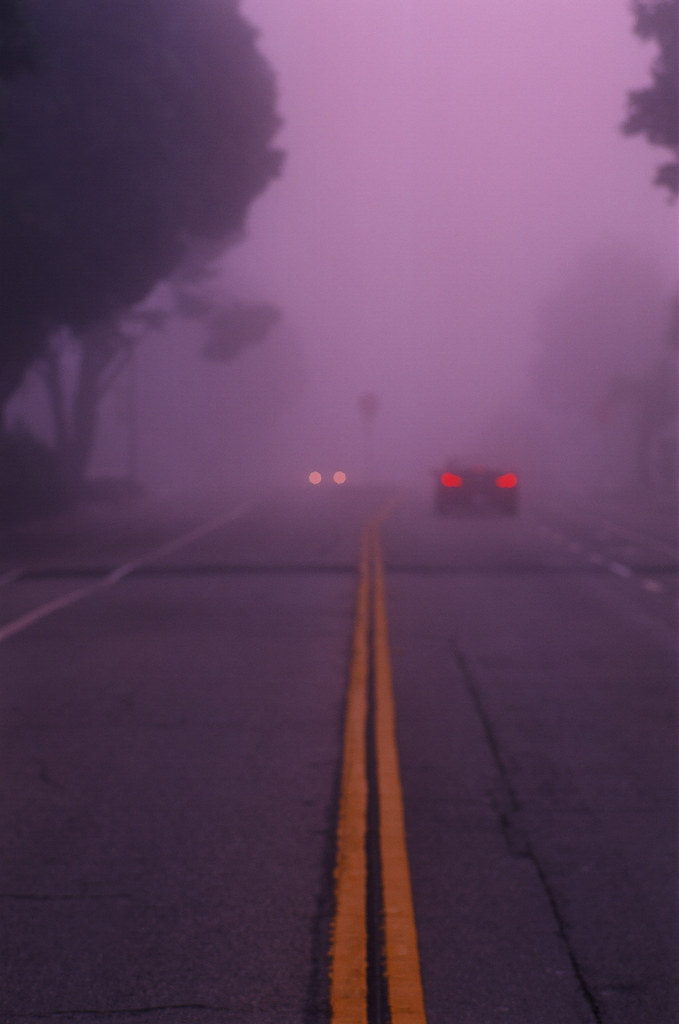

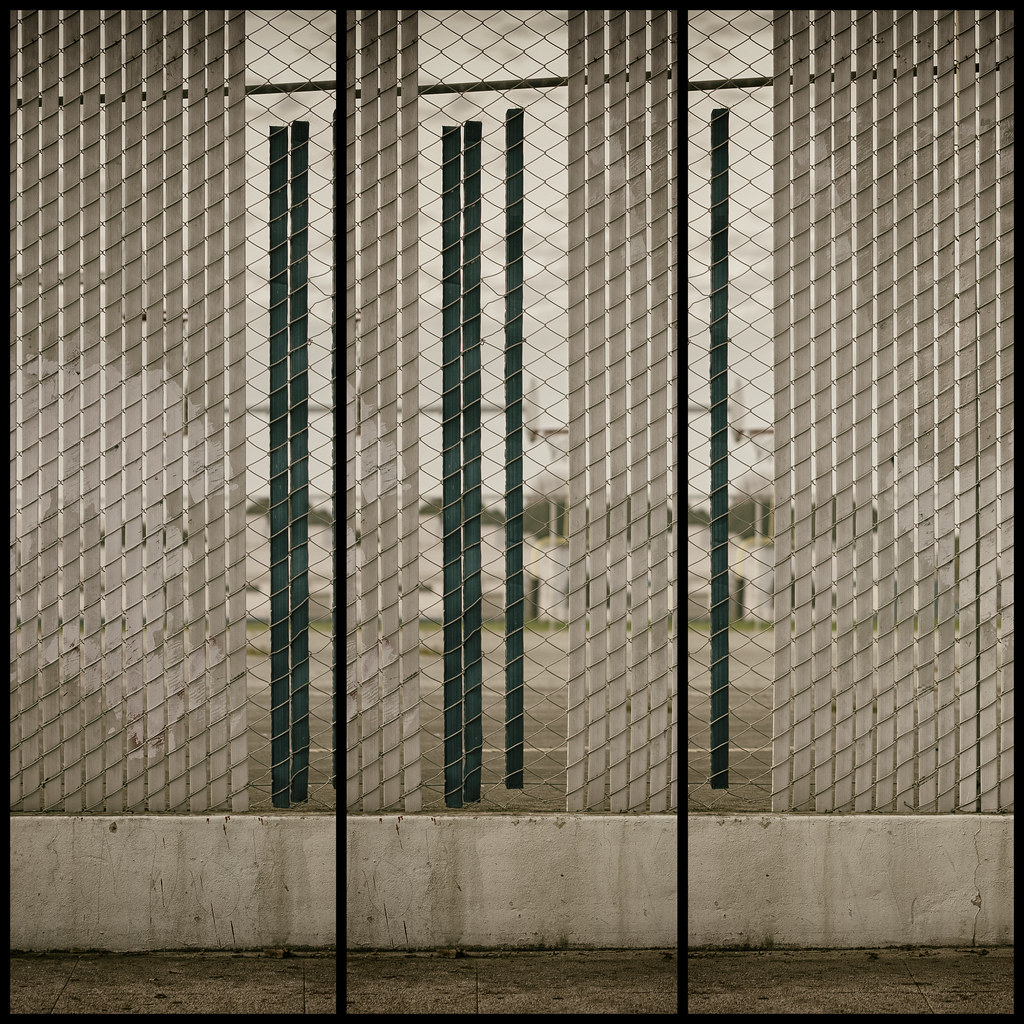

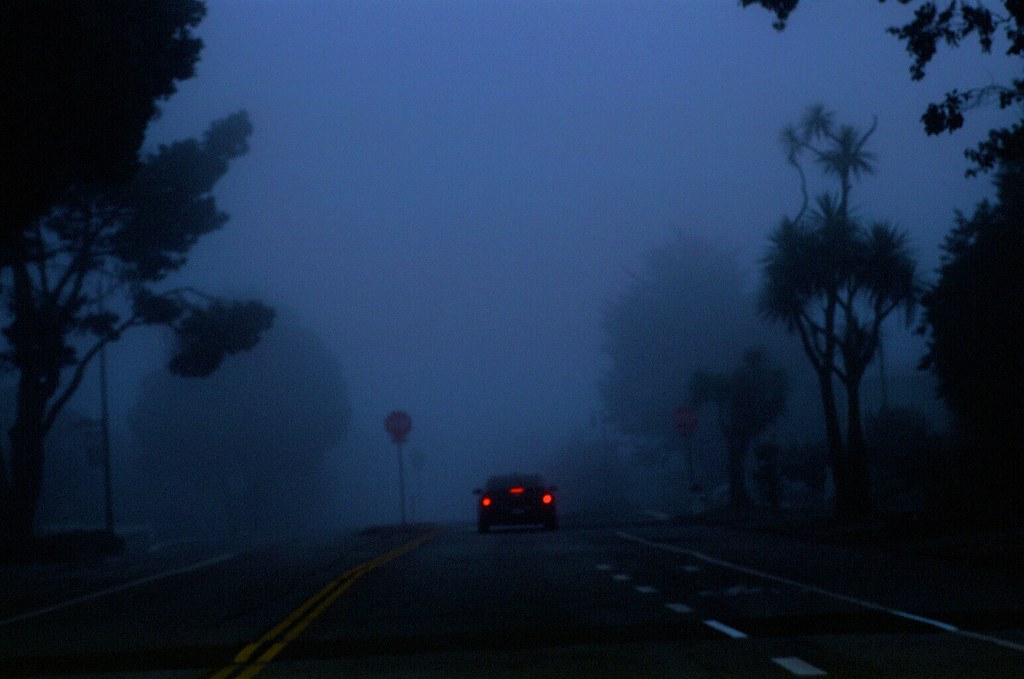
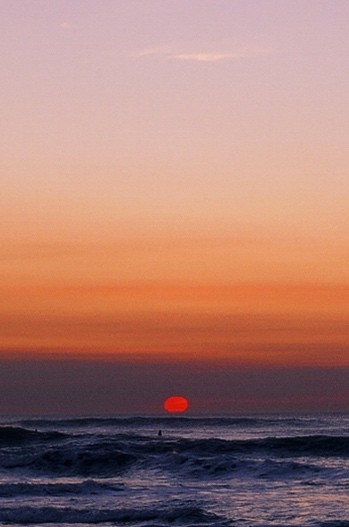



6 comments:
Dylan: The Ballad of Frankie Lee and Judas Priest (live, Cardiff, 23 September 2000)
Dylan: Girl from the North Country (live, c. 1998)
Dylan: Blind Willie McTell (live, Bournemouth, 1 October 1997)
Dylan: Simple Twist of Fate (live, Oslo, 24 June 2011)
I love Dorn's poem, your poem that has always been a favorite of mine, and the photos of the grasses -- especially Buffalo Grass. Thanks for making my day, Tom.
wonderful poems and images...thanks !!
Spotting ED title poem wasn't sure if I could face it yet, my heart so recently torn. But what the hell, then swell, a surprise, like a hidden twin gift from the gods hiding in the grasses, realizing then I'd been buffaloed. As we all fall down on this frozen lake, what's next newly: two gem nutcases intact. Twinkle, twinkle, little stars...k
Many thanks for swell comments, friends. And a happy new year to all who venture here.
The poet Edward Dorn grew up in central Illinois, at the border of rectilinear-grid-divided farm country and the margins of shortgrass prairie. "If it should ever come", however, was not writ on the shortgrass prairie, but in Santa Fe in 1959, during a brief stop on the itinerant migrations of Dorn and his small first-family clan though the West. This poem remains among Ed's best -- possibly THE best. Sadly his early lyric work, much of it elegiac like this piece, and tinged with if not indeed centering upon the poet's somewhat harsh, delusion-killing childhood and youth spent in the great obscurity of that empty prairie, has been often overlooked in the academic rush to approve the later work, which moves away from the common perspective so palpable here into areas quite remote from it -- suggesting perhaps some cleft or rift between production occurring within the straitened circumstance of working and living in impoverished real-world conditions, and production occurring within (or, perhaps more accurately, thanks to) the obviously more conducive circumstance of working and living in the considerably less materially precarious if also considerably more spiritually arid milieux of international academia. Dorn was always a writer with a special soul sensitivity to landscape. At the time of composition, the commanding landscape for him was the same northern New Mexico landscape that we see also in the recent photos of the great Jorge Guadalupe Lizárraga.
In the late 1970s I had the great good fortune of attending with Dorn upon the landscapes and landforms of the High Plains (we were both based in Colorado then). That period of travels resulted in A Short Guide to the High Plains, from which my poem here is drawn. (Ed once called me a "Chicago buster" -- gentle joke re upstate vs downstate Illinois sod-busting.)
Patricia D. Duncan, who made the photos I've placed with Ed's poem -- among other things, an elegy for the vanishing prairie -- was instrumental in creating the Tallgrass Prairie National Preserve in Kansas. She also published a book of writings and photographs: Tallgrass Prairie: The Inland Sea.
Beginning in the 1970s Duncan was, as her website puts it,"fully committed to the early environmental movement by helping conserve the last vestiges of the great Tallgrass Prairies which once covered one third of the North American continent. As an artist, she wanted her photographs to reflect the beauty, the history and the scientific value of this endangered landscape just as 19th century artists had done for places such as Yosemite and the Redwoods National Parks. She became deeply engaged in a long-standing effort to create a Tallgrass Prairie National Park in Kansas that would honor and sustain what little was left of this unique ecosystem. She was also concerned with preserving the culture of the prairie and honoring its Native American roots. These were pivotal times and Pat turned her talents and experience with photography towards a complete effort at recording everything she could about the prairie. Her work was now tuned to straight photography sustained by the goals of this important project. In her words, she tried to 'marry ecology with art.' She also believed that if artists produce landscapes in any media, artists should educate themselves about every facet of that landscape. The landscape then becomes more than just a pretty picture. Pat spent the 70’s fighting the good fight with others of the same ilk and, ultimately, they were successful. Today, there is a Tallgrass Prairie National Park in Kansas, thanks to Pat and the many other visionary citizens who saw the value of saving this important piece of our collective history."
Thank you, TC, for the reminder about PDD's work and great efforts (I know we had a copy of her book but somehow the family lending library has no records). If only more Americans could spend their 3am's Beyond The Pale. Real news that stays news. k
Post a Comment